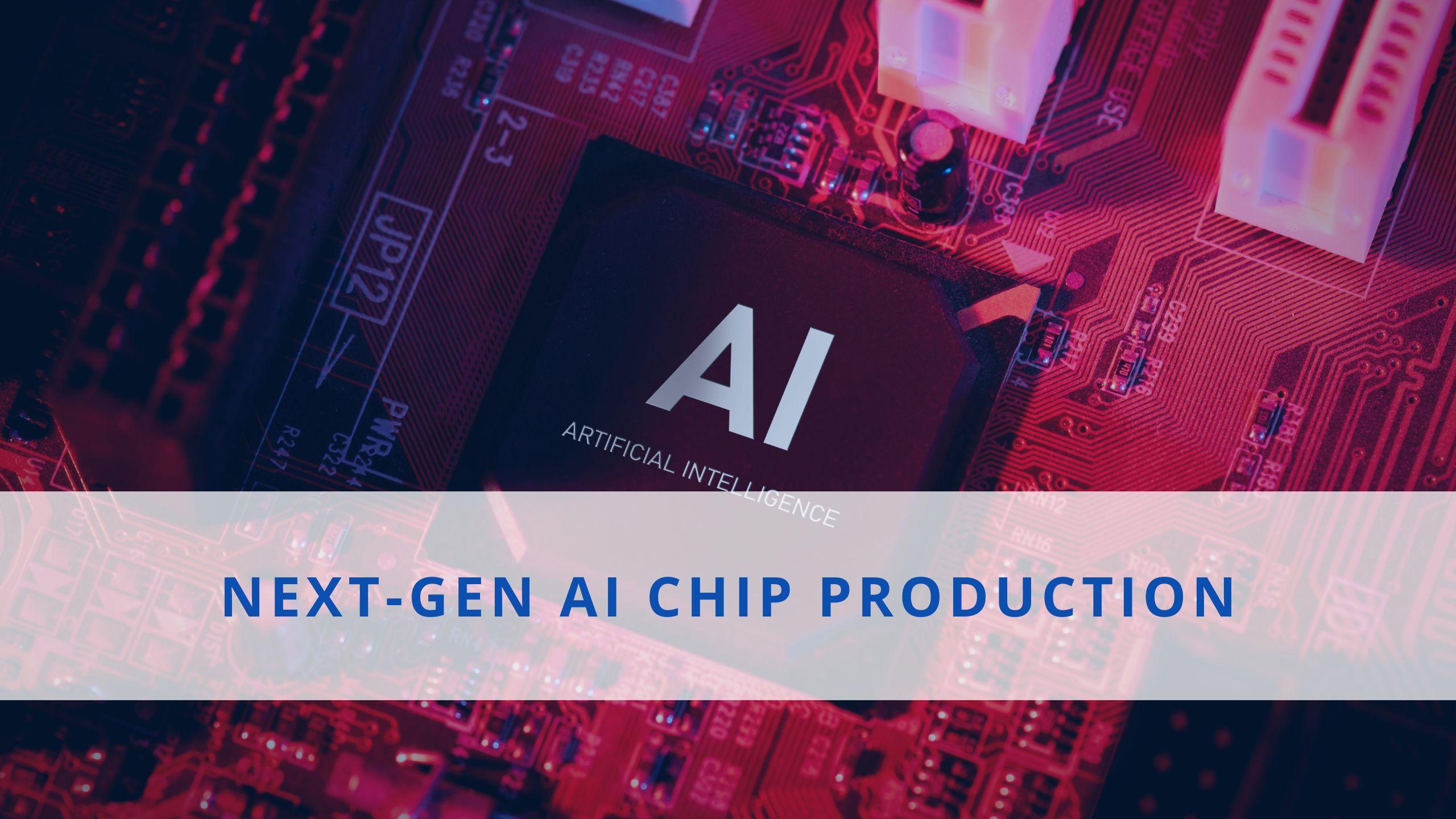Why Microsoft’s Next-Gen AI Chip Will Now Launch in 2026

Microsoft has confirmed a delay in the production of its highly anticipated Next-Gen AI Chip, now scheduled for 2026. This adjustment represents a major shift in the company’s AI hardware roadmap, impacting Azure cloud scaling and the deployment of AI-powered solutions across Microsoft 365 and enterprise applications. The postponement highlights both the complexity of next-generation AI chip development and broader challenges in the global semiconductor industry.
Strategic Significance of the Next-Gen AI Chip
The Next-Gen AI Chip is central to Microsoft’s plan for a vertically integrated AI ecosystem. By designing its own AI-optimized processor, Microsoft aims to improve computational efficiency, reduce operational costs, and gain full control over its AI infrastructure.
Codenamed internally as “Athena,” the chip is designed to accelerate AI training and inference for generative AI, natural language processing, and multi-modal workloads. Its integration into Microsoft’s ecosystem ensures optimized performance across Azure, Microsoft 365, and AI-powered enterprise solutions.
Technical Challenges Behind the Delay
The production delay of the Next-Gen AI Chip stems from several technical complexities. Integrating AI accelerators, high-bandwidth memory, and CPU cores on a single die requires precise engineering. Managing heat dissipation, energy efficiency, and stability under enterprise-scale workloads demands rigorous testing and validation.
Moreover, advanced semiconductor fabrication introduces logistical challenges. Microsoft’s chip relies on TSMC’s 5nm process, which faces high demand globally. Scheduling production, quality assurance, and supply chain coordination have all contributed to the postponement to 2026.
Impact on Microsoft’s AI Infrastructure
The delay affects Microsoft’s AI infrastructure expansion plans. Proprietary chips were expected to lower latency, increase efficiency, and reduce costs for AI workloads in Azure data centers. Until the Next-Gen AI Chip is available, Microsoft must rely on Nvidia GPUs and other third-party hardware, potentially affecting operational flexibility and cost efficiency.
Nonetheless, Microsoft’s AI software ecosystem remains strong. Collaboration with OpenAI and integration of generative AI tools into Microsoft 365 and Azure ensures continued delivery of advanced AI services to enterprises and consumers.
Global Semiconductor Constraints
Microsoft’s delay reflects broader challenges in the semiconductor industry. High-performance AI chips face supply constraints, particularly at advanced process nodes like 5nm and 3nm. Leading foundries such as TSMC and Samsung have limited capacity due to multiple high-profile client orders.
Additionally, geopolitical tensions and trade restrictions impact material procurement and production timelines. These constraints demonstrate that even tech giants like Microsoft face hurdles in scaling next-generation AI hardware.
Competitive Landscape
The AI hardware market is highly competitive. Nvidia continues to lead with its Hopper and Blackwell GPU architectures, while Google’s TPUs and Amazon’s Trainium processors power large-scale AI workloads. Microsoft’s delay gives competitors a short-term edge in AI hardware deployment.
However, Microsoft’s integrated ecosystem provides a strategic advantage. Once the Next-Gen AI Chip enters production, the combination of proprietary hardware and software will deliver a unique platform for enterprise AI applications.
Anticipated Features of the Next-Gen AI Chip
Microsoft’s Next-Gen AI Chip is expected to support high-performance AI workloads while optimizing energy efficiency. Key features include:
-
Accelerated training for large-scale AI models
-
Low-latency inference for real-time AI applications
-
High-bandwidth memory for faster computation
-
Power-efficient architecture for data center operations
-
Seamless integration with Azure and Microsoft 365 AI tools
These features aim to provide a scalable, cost-effective, and high-performance AI solution for enterprise applications.
Strategic Importance of Proprietary Hardware
Developing the Next-Gen AI Chip allows Microsoft to achieve hardware independence, reducing reliance on external suppliers and mitigating cost volatility. Proprietary silicon enables optimization tailored to Microsoft’s AI workloads, enhancing efficiency and performance.
Controlling both hardware and software ecosystems positions Microsoft as a leader in enterprise AI, where reliability, scalability, and integration are essential. The chip is a critical component in Microsoft’s long-term AI strategy, bridging infrastructure and AI services.
Managing the Delay
Microsoft is leveraging the delay to refine chip design, validate performance, and optimize manufacturing processes. Prioritizing quality ensures that the Next-Gen AI Chip meets enterprise-grade standards upon release.
Meanwhile, Microsoft continues to scale AI infrastructure with existing GPU solutions and maintain strong collaboration with OpenAI. This dual approach balances immediate operational needs with long-term strategic objectives.
Economic and Market Implications
The delay has short-term financial implications, including increased reliance on third-party GPUs. However, the long-term advantages of proprietary AI hardware—reduced costs, energy efficiency, and optimized performance—are expected to outweigh these near-term pressures.
Analysts view the postponement as a strategic decision that will allow Microsoft to deliver a high-quality, competitive AI chip capable of supporting enterprise-scale AI adoption.
Outlook for 2026
The 2026 launch of the Next-Gen AI Chip is expected to enhance Microsoft’s AI capabilities significantly. Proprietary hardware will enable more efficient processing, reduce reliance on external suppliers, and improve scalability across Azure and enterprise applications.
When integrated with Microsoft’s software ecosystem, the chip will provide a fully optimized AI platform, reinforcing the company’s leadership in AI innovation and positioning it for long-term competitiveness in the global AI market.
About Us:
At BusinessInfoPro, we empower entrepreneurs, small businesses, and professionals with cutting-edge insights, strategies, and tools to fuel growth. Driven by a passion for clarity and impact, our expert team curates’ actionable content in business development, marketing, operations, and emerging trends. We believe in making complex ideas simple, helping you turn challenges into opportunities. Whether you’re scaling, pivoting, or launching a new, Businessinfopro offers the guidance and resources to navigate today’s dynamic marketplace. Your success is our commitment, because when you thrive, we thrive together.
- Art
- Causes
- Crafts
- Dance
- Drinks
- Film
- Fitness
- Food
- Games
- Gardening
- Health
- Home
- Literature
- Music
- Networking
- Other
- Party
- Religion
- Shopping
- Sports
- Theater
- Wellness




